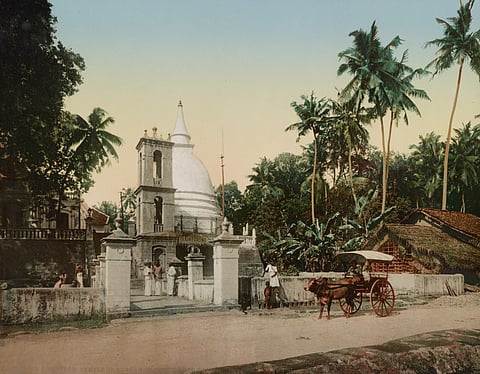How agrarian utopianism shapes Sri Lanka
In Sri Lanka, during last year's aragalaya, or people's struggle, the concept of the gama or village in Sinhala, came to the forefront of political discourse. Gota Go Gama on the Galle Face Green in Colombo, demanding that President Gotabaya Rajapaksa resign amid a dire economic crisis, not only became the main site of resistance but also came to represent an anarchistic revolutionary movement. Many other Gota Go villages emerged elsewhere in the country as well.
At the height of the aragalaya, Colombo's Gota Go Gama site had its own library, a makeshift movie theater called Tear Gas Cinema, and a "people's university" where local academics engaged in conversations and debates. There were even attempts at farming on the site. A food supply chain emerged almost organically to keep the protesters fed. Gota Go Gama began to function as an organic and self-sufficient entity, almost like a syndicate. Despite the movement's failure to articulate a concrete vision for the future of the country, many protesters at the site were utopians. They longed for a future free of corruption, racism, sexism and even capitalism, although they had no clear plan to achieve this ideal. Thus, the Gota Go Village – and it is of great importance that it was a "village" – was anarchistic, utopian and also syndicalist.

